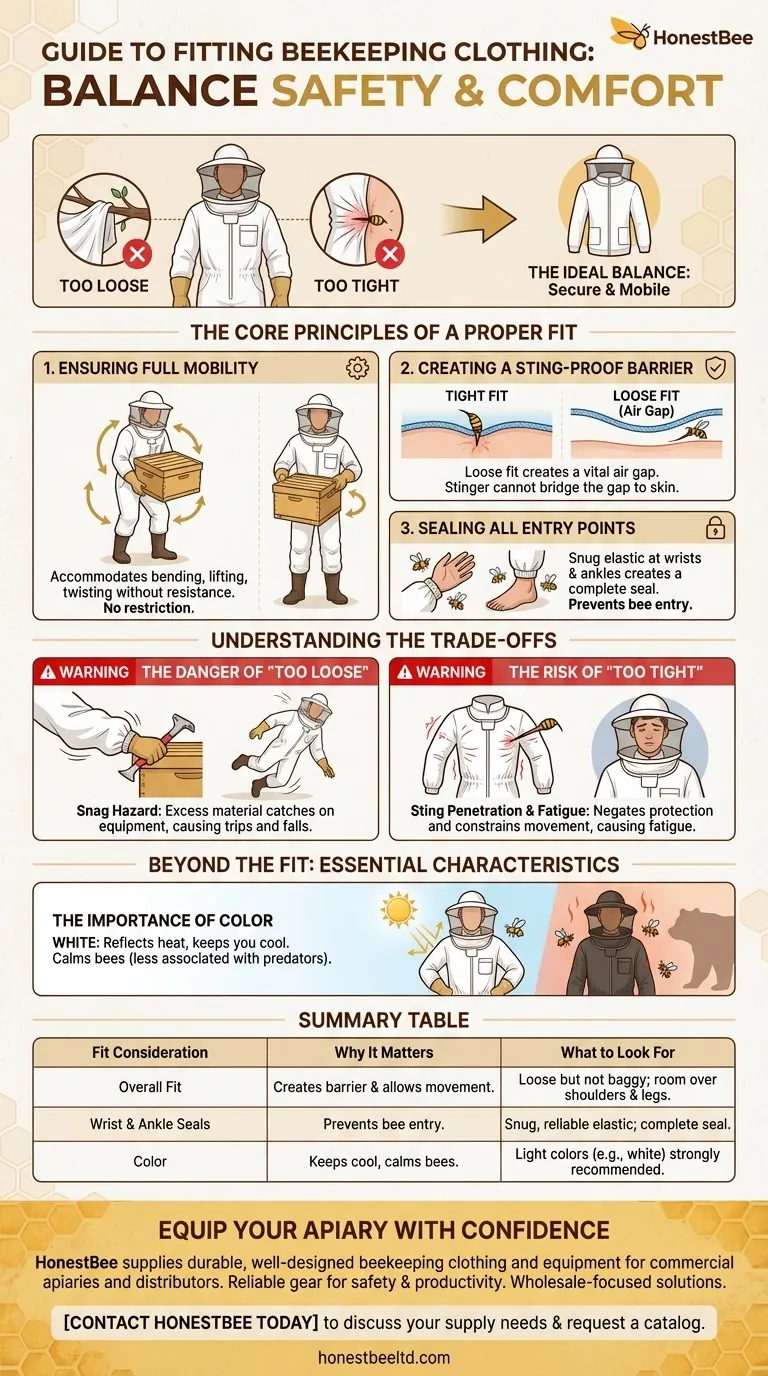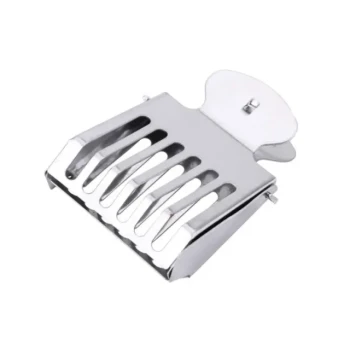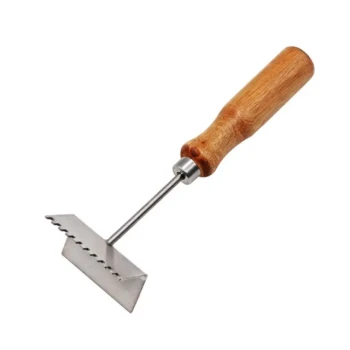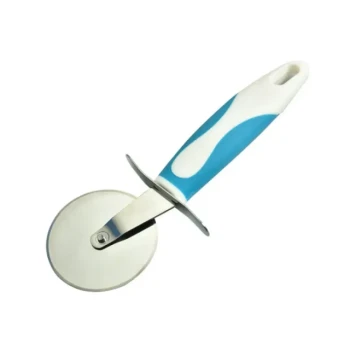For beekeepers, proper clothing fit is non-negotiable. The ideal fit is a careful balance: it must be loose enough to prevent a bee's stinger from reaching your skin and to allow a full range of motion, but not so baggy that it becomes a tripping hazard or allows bees to crawl inside through loose openings.
Your beekeeping suit is your primary line of defense. Its fit directly determines your safety and comfort, and the core principle is to create a secure, impenetrable barrier that doesn't restrict your ability to work.
The Core Principles of a Proper Fit
Understanding why a suit needs to fit a certain way is crucial for selecting the right gear. The goal is to balance three critical factors: mobility, sting protection, and sealed entry points.
Ensuring Full Mobility
As a beekeeper, you will be constantly bending, lifting heavy hive boxes, stretching, and twisting.
Your clothing must accommodate these movements without resistance. A suit that is too tight will restrict your motion, making your work inefficient and uncomfortable.
Creating a Sting-Proof Barrier
The most important function of the suit is to prevent stings. A bee's stinger has a fixed length.
When a suit is pulled tight against your skin, the fabric offers little protection, and a stinger can easily penetrate through to your skin. A loose fit creates a vital air gap between the fabric and your body that the stinger cannot bridge.
Sealing All Entry Points
Bees are resourceful and will seek any available opening to get inside your protective gear.
The most vulnerable areas are the wrists and ankles. The elastic on your suit must be snug enough to create a complete seal, preventing any bees from crawling inside. Loose elastic is a significant safety failure.
Understanding the Trade-offs
Choosing the right fit involves avoiding two common extremes, both of which introduce unnecessary risk.
The Danger of "Too Loose"
While a loose fit is essential, excessively baggy clothing is a liability.
Excess material can easily snag on hive components or nearby branches, which can cause you to lose your balance or trip. This is especially dangerous when you are carrying a heavy box of bees and honey.
The Risk of "Too Tight"
A tight suit presents two distinct problems.
First, as mentioned, it negates the suit's primary protective function by allowing stingers to penetrate the fabric. Second, it physically constrains you, leading to fatigue and making precise movements difficult.
Beyond the Fit: Essential Clothing Characteristics
While fit is paramount, other factors contribute to your safety and comfort.
The Importance of Color
There is a very practical reason why most beekeeping suits are white.
Light colors are effective at reflecting sunlight, keeping you cooler during hot summer days. More importantly, dark colors can agitate bees, as they may associate them with natural predators like bears or skunks. Sticking to light-colored gear is a simple way to maintain a calmer apiary.
Making the Right Choice for Your Goal
When selecting your gear, use your primary objective to guide your decision on fit.
- If your primary focus is maximum protection: Prioritize a suit with strong, reliable elastic at the wrists and ankles and ensure there is ample room across the shoulders and legs for unrestricted movement.
- If your primary focus is comfort in hot climates: Choose a light-colored suit and confirm it is loose enough to allow for air circulation, without being so baggy that it could snag on equipment.
- If you are buying your first suit: Consider a size larger than your typical clothing to ensure it fits comfortably over your regular clothes while still allowing for a full range of motion.
Properly fitted gear is your most essential tool for confident and safe beekeeping.
Summary Table:
| Fit Consideration | Why It Matters | What to Look For |
|---|---|---|
| Overall Fit | Creates a sting-proof barrier and allows movement. | Loose but not baggy; room over shoulders and legs. |
| Wrist & Ankle Seals | Prevents bees from crawling inside. | Snug, reliable elastic that creates a complete seal. |
| Color | Keeps you cool and helps calm the bees. | Light colors like white are strongly recommended. |
Equip Your Apiary with Confidence
A properly fitted beekeeping suit is your most important tool for safety and efficiency. HONESTBEE supplies durable, well-designed beekeeping clothing and equipment tailored for the demands of commercial apiaries and distributors.
We understand that your business depends on reliable gear that protects your team and maximizes productivity. Let us help you outfit your operation with wholesale-focused solutions built for professionals.
Contact HONESTBEE today to discuss your beekeeping supply needs and request a wholesale catalog.
Visual Guide

Related Products
- 3 Layer Mesh Vented Sting Proof Beekeeping Suit with Hat and Veil
- Cotton Beekeeping Suit and Round Hat with Veil Bee Keeper Protective Gear
- Vented Beekeeping Jacket with Hood and Veil for Beekeepers
- Yellow Plastic Bucket Pail Perch for Beekeeping
- Long Langstroth Style Horizontal Top Bar Hive for Wholesale
People Also Ask
- What should be considered regarding the color of beekeeping clothing? Ensure Your Safety and Keep Bees Calm
- Why do beekeepers wear suits? Essential Protection for Hive Management
- What should be worn under beekeeping protective clothing? Maximize Your Safety with the Right Base Layer
- What are the benefits of a fully ventilated beekeeping suit? Stay Cool and Protected in Hot Climates
- What are the advantages of reinforced stitching and durable zippers in beekeeping suits? Ensure Maximum Safety & Longevity



















